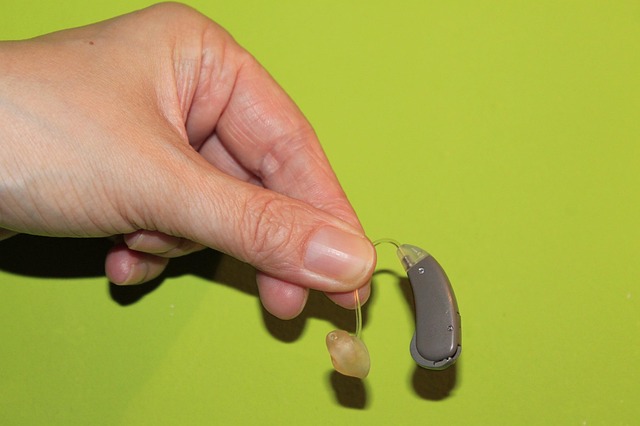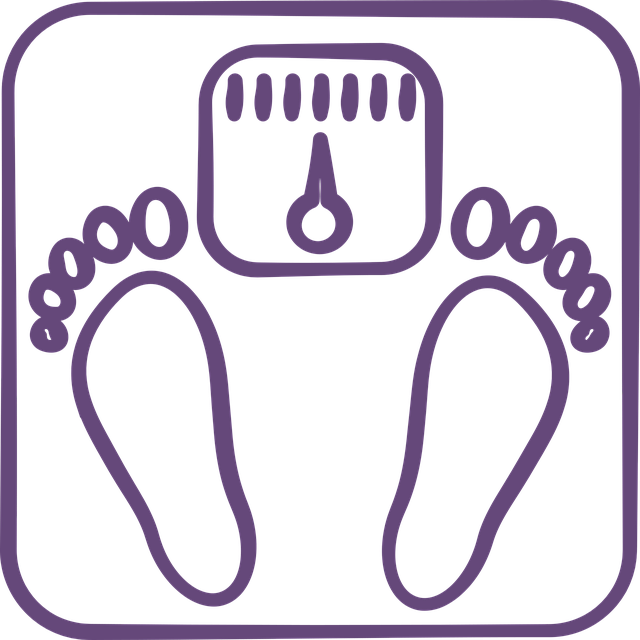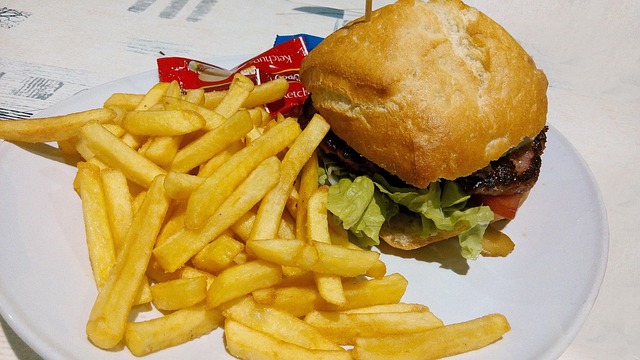Understanding abdominal fat involves distinguishing between visceral and subcutaneous types, each posing unique health risks and impacts. Factors influencing fat accumulation include diet, lifestyle, genetics, and hormones. Non-surgical methods like cryolipolysis and HIFU offer targeted fat loss with minimal downtime. Surgical options such as liposuction provide immediate and long-lasting results but require careful consideration and consultation. Laser-assisted fat reduction is a non-invasive approach showing promising outcomes, though results vary. Achieving targeted fat loss involves holistic strategies: diet, exercise, and suitable treatments. Post-procedure care, including rest and hydration, promotes recovery. Risks associated with treatments like liposuction include swelling, bruising, and nerve damage, emphasizing the importance of informed consent and personalized recommendations from healthcare professionals.
Looking to shed stubborn abdominal fat? Understanding your options for targeted fat loss is crucial. This comprehensive guide explores effective treatments for abdomen fat removal, from non-surgical approaches like laser-assisted fat reduction and lifestyle modifications, to surgical procedures including liposuction and its nuances. Learn about recovery, potential risks, and factors to consider when choosing the best treatment plan for your body. Achieve your ideal silhouette with informed decisions.
Understanding Abdomen Fat: Types and Causes

Understanding abdomen fat involves recognizing its various types and underlying causes. Abdominal fat is categorized into two main types: visceral fat and subcutaneous fat. Visceral fat, located deep within the abdominal cavity, surrounds vital organs like the liver, stomach, and intestines. It’s particularly concerning because it’s linked to an increased risk of heart disease, diabetes, and certain cancers. Subcutaneous fat, on the other hand, lies just beneath the skin and is more easily observable. While less dangerous than visceral fat, excessive subcutaneous fat can still contribute to cosmetic concerns and impact overall health.
Several factors influence abdominal fat accumulation, including diet, lifestyle, genetics, and hormones. A diet high in processed foods, sugars, and unhealthy fats promotes excess calorie intake, leading to fat storage in the abdomen. Sedentary behavior and lack of regular exercise also play a significant role, as physical activity helps burn calories and maintain a healthy weight. Hormonal changes, such as those during pregnancy or menopause, can additionally contribute to abdominal fat gain due to shifts in metabolism and tissue distribution.
Non-Surgical Approaches for Targeted Fat Loss

Non-surgical approaches have emerged as popular alternatives for achieving targeted fat loss, offering effective and minimally invasive ways to sculpt the abdomen. These methods leverage advanced technologies to reduce specific areas of stubborn fat, providing patients with a more contoured figure. One prominent technique is cryolipolysis, commonly known as CoolSculpting. This process involves freezing targeted fat cells using controlled cooling, leading to their gradual elimination by the body’s natural metabolic processes.
Another non-surgical option is high-intensity focused ultrasound (HIFU). HIFU targets deep fat layers with precise energy delivery, breaking down adipose tissue and stimulating collagen production. These non-invasive treatments are often preferred for their convenience, quick recovery times, and minimal downtime compared to surgical procedures. They are suitable for individuals seeking localized fat reduction without the risks associated with incisions and general anesthesia.
Surgical Options for Abdominal Fat Removal

When considering surgical options for abdominal fat removal, it’s important to understand that these procedures are typically sought by individuals who have tried non-invasive methods without significant results. There are several surgical treatments available, each designed to target specific areas of fat and provide more pronounced results than general weight loss surgeries. For instance, liposuction is a popular choice that uses suction to remove fat cells from targeted areas, leading to immediate and long-lasting results for reduced waistlines and improved body contouring.
Another advanced procedure is abdominal fat reduction surgery, which focuses on shrinking the size of the abdomen by removing excess fat and tightening the surrounding muscles. These surgical options offer a more permanent solution compared to non-surgical treatments, providing patients with a flatter, more defined midsection. In addition to improved aesthetics, targeted fat loss through surgery can also lead to better overall health outcomes by reducing risks associated with excess abdominal fat.
Liposuction: A Deep Dive into the Procedure

Liposuction is a popular and effective method for achieving targeted fat loss, specifically in problem areas like the abdomen. The procedure involves using a suction device to gently remove fat cells from beneath the skin. A small cannula, or tube, is inserted into the targeted area, often through tiny incisions hidden in natural creases of the body. Suction is then applied, allowing the surgeon to carefully extract fat while minimizing damage to surrounding tissues and blood vessels.
This minimally invasive technique offers several advantages, including fast recovery times and precise results. It’s particularly beneficial for individuals who have a specific area they want to target and are committed to maintaining their results through diet and exercise. As with any surgical procedure, it requires careful consideration and consultation with a qualified medical professional to ensure safety and the best possible outcome.
Laser-Assisted Fat Reduction: Is it Effective?

Laser-assisted fat reduction has emerged as a popular non-invasive treatment for achieving targeted fat loss. This procedure uses focused laser energy to break down and dissolve fat cells, allowing the body to naturally eliminate them. The process is often described as comfortable, with minimal downtime, making it an attractive option for those seeking a more subtle and natural-looking result.
The effectiveness of laser-assisted fat reduction lies in its ability to target specific areas of fat while leaving surrounding tissues unharmed. Different laser wavelengths are used depending on the skin type and the depth of fat to be treated. While clinical studies have shown promising results, it’s important to note that this treatment may not be suitable for everyone or produce dramatic, immediate changes. As with any cosmetic procedure, consulting a qualified professional is crucial to understanding the potential outcomes and determining if laser-assisted fat reduction is the right choice for targeted fat loss.
Diet and Lifestyle Modifications for Optimal Results

Achieving targeted fat loss, specifically in the abdomen area, goes beyond just choosing a treatment. Integrating diet and lifestyle modifications is crucial for optimal results. A balanced diet that’s rich in lean proteins, whole grains, fruits, and vegetables sets the stage for successful fat reduction.
Cutting back on processed foods, sugary beverages, and excessive fats helps regulate insulin levels and promotes healthy metabolism. Combined with regular exercise, including cardio workouts and strength training, these dietary changes accelerate fat burning, particularly in problematic areas like the abdomen.
Post-Treatment Care and Recovery Tips

After undergoing any abdomen fat removal treatment, proper post-care and recovery are essential for optimal results. It’s crucial to follow your healthcare provider’s guidelines diligently. This may include rest, hydration, and a specific diet plan tailored to promote targeted fat loss and reduce swelling or bruising. Staying active within the recommended boundaries can aid in faster recovery while avoiding strenuous activities that might disrupt the healing process.
In terms of post-treatment tips, maintaining a clean and healthy lifestyle is paramount. This involves adopting a balanced diet rich in nutrients, staying hydrated by drinking plenty of water, and incorporating gentle exercises like walking or stretching as advised by your specialist. Monitoring any changes in your body and promptly reporting any unusual symptoms to your healthcare provider ensures a smooth recovery journey towards achieving your desired physique through targeted fat loss.
Potential Risks, Complications, and Side Effects

While many abdomen fat removal treatments promise targeted fat loss, it’s crucial to be aware of potential risks and complications. These procedures, including surgical options like liposuction and non-invasive methods like high-intensity focused ultrasound (HIFU), are generally safe when performed by qualified professionals using approved equipment. However, as with any medical intervention, there are uncertainties.
Common side effects may include temporary swelling, bruising, discomfort, and skin sensitivity at the treatment area. In more invasive procedures, risks could escalate to include infection, bleeding, nerve damage, or an adverse reaction to anesthesia. It’s essential for individuals considering these treatments to have open and honest discussions with their healthcare providers about personal health histories, potential risks, and recovery timelines to ensure informed consent.
Choosing the Right Treatment Plan: Factors to Consider

When considering abdomen fat removal treatments, it’s crucial to tailor your approach to your specific needs and goals. The first step is to consult with a qualified healthcare professional who can assess your overall health, lifestyle, and diet. They will play a pivotal role in recommending the most suitable treatment plan for targeted fat loss in the abdominal area.
Several factors influence this decision. Age, gender, genetics, and overall body composition all come into play. Your healthcare provider might suggest non-invasive procedures like cryolipolysis (fat freezing) or high-intensity focused ultrasound (HIFU), which are effective for localized fat reduction. Alternatively, they may recommend more intensive treatments such as liposuction, depending on your circumstances. It’s essential to discuss potential risks, recovery times, and expected results for each option.
